Listening is a notoriously difficult skill to master in a foreign language; choose a resource at the wrong level, and your confidence will take a hit.
The solution is simple: pick a resource at your level, and you’ll not only start on the right track, but will be able to measure your progress as you graduate up the difficulty scale!
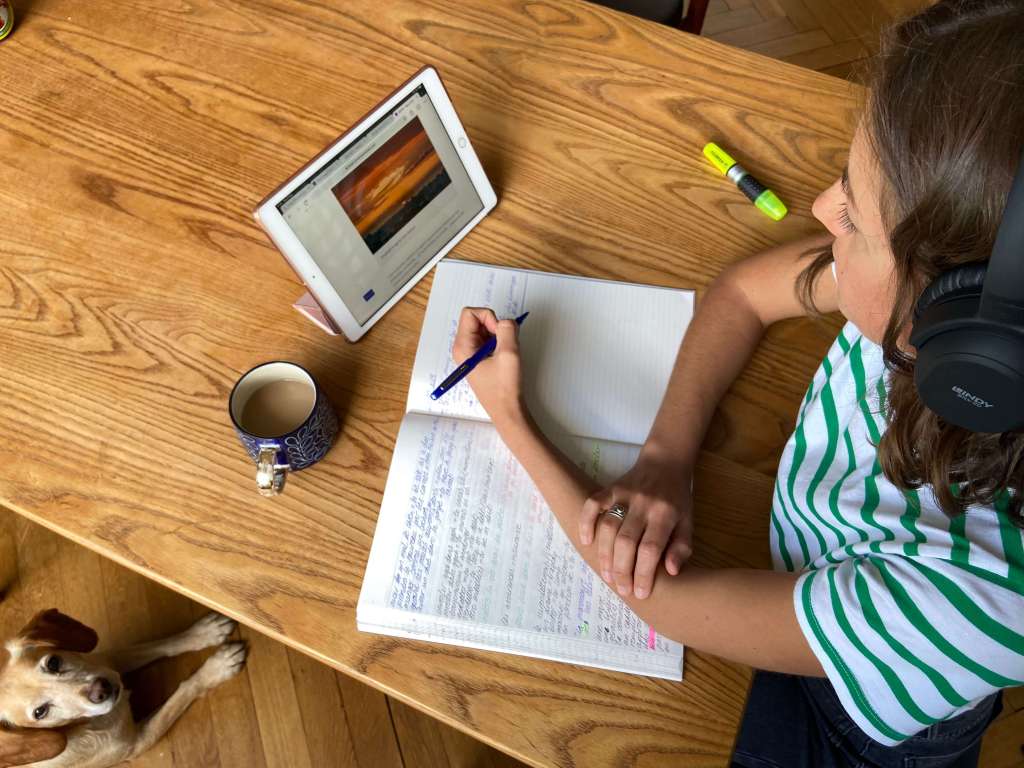
Check out my favourite resources for the ultimate listening practice below:
Music
Listening to music in your target language can improve your pronunciation, your comprehension speed, your ability to craft sentences correctly and your connection with a particular culture.
When I started learning Portuguese, I spent A LOT of time listening to Bossanova and Música Popular Brasileira (MPB) and googling and singing along (poorly) to lyrics I found on Google. This was the defining thing that got me hooked on Brazilian Portuguese.
Happily, free app Lingoclip has done the hard bit for you (also known as Lyrics Training for the website).
You simply select the language you’re learning, the genre you want to listen to, then any of the available songs. Select your desired level (beginner, intermediate, advanced or expert), and the desired mode (multiple choice, typing or even karaoke!).
With a bit of practice, you’ll be able to sing these songs without the app when they next pop up on your Spotify playlist.
The available languages are English, Spanish, Portuguese, French, Italian, German, Dutch, Japanese, Turkish, Polish, Finnish, Swedish and Catalan.
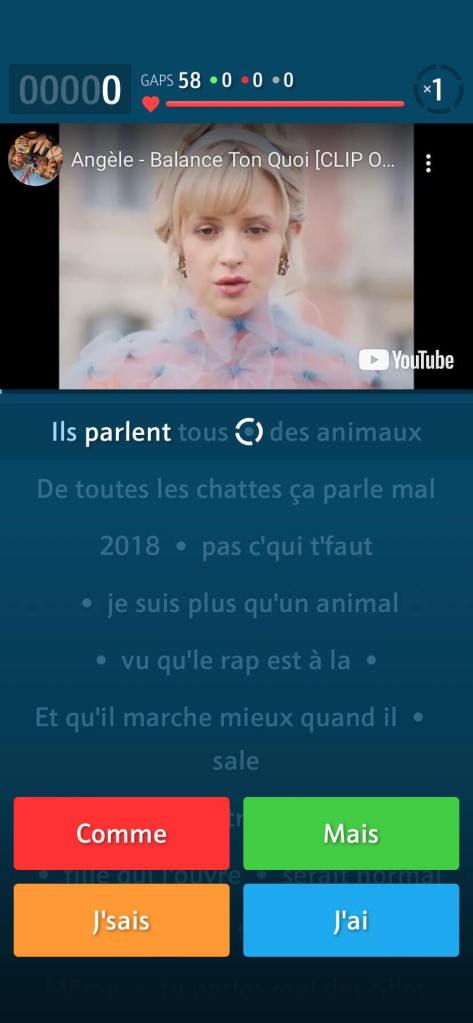
Podcasts
The right podcast will have you flying but the wrong one will bore you to death, so you must choose wisely! One of the biggest mistakes that learners make is thinking that a podcast can teach a language, which puts the listener in a passive role.
It’s for this reason that I don’t recommend that learners listen to podcasts which feature other people learning. Firstly, SNORE, and secondly, did you ever learn anything at school when you were at the back of the class and the teacher’s pets at the front were answering all the teacher’s questions? Probably not.
So let’s break down how you can become the ultimate active listener through podcasts:
1) Choose a podcast or episodes that are directly aligned with your interests and your native habits:
If you find listening to the news in English boring, preferring to read news articles, don’t expect to enjoy a news podcast in your target language. Death by Slow News is not how I wish to die.
2) Choose episodes of a length that suit the setting in which you’re listening:
For a 15-minute bus ride, listen to a 5-minute episode, which will give you time to process, change the playback speed, rewind and listen again.
3) For levels A1-B1, choose a podcast with an accompanying transcript and read it whilst you listen:
“But isn’t that a reading exercise, then?”, I hear you ask! Nope. What you’re doing is creating connections in your brain between what a word looks like on the page and what it sounds like.
Reading and listening inform each other. Find there are many words you understand when they’re said, but are always surprised at how they look written down? Read more! Or do you feel like natives are speaking double Dutch to you until you see what they’re saying written down and have an “Ohhhhhhh” moment? Get listening!
4) Rewind the audio and listen to chunks again:
That “rewind 15 seconds” button is your best friend.
5) Decrease the playback speed to suit you:
You can do this either for the whole episode or for tricky sections.
6) Look up the odd word in the dictionary:
Proceed with caution on this one! Don’t look up every word you don’t know, only those that are stopping you from understanding the gist.
If you’re listening to a podcast that has an accompanying transcript, this will be fairly simple. If you’ve got no transcript, you’ve got a diction task on your hands! Google will reveal how accurate your guesses are with its “search instead” function.
7) Listen to the same episode twice:
Do this and you will be amazed at how much more you understand second time around! I did this on a regular basis when studying for my C1 French exam; it’s not just a beginner thing, it’s just good sense.
See below for my specific podcast recommendations for French, Spanish, Portuguese and Italian:
TV and film
TV and film become amazing learning resources when you put the subtitles in the original language. The Language Reactor extension is an essential accompaniment to learning with series and films. It allows you have read dual subtitles, save vocabulary you don’t know, and more, if you’re watching on a laptop or computer.
Tips for beginners – intermediate (A1-B1)
- Choose something day-to-day, like a sitcom or rom com, which will be more likely to have common language in it, over something historical or technical.
- Watch films or shows twice, once with the English subtitles to get the story, and then with the original subtitles.
- Use that pause button and look up the odd word in the dictionary to further your understanding. For a film, look up a maximum of 10 words; for a 30-minute episode, look up a maximum of 5 – or use Language Reactor for this if you’re not watching on a TV.
- Don’t expect to understand whole sentences. Once you know the story, you’ll be surprised how much you can deduce. Enjoy the theatrics of the piece and the sound of the language.
Tips for upper-intermediate – advanced (B2-C1)
- Choose any type of programme or film you’d be likely to watch in your native language; if you like rom-coms, watch a rom-com in your target language.
- Watch the film with the original subtitles, with no distractions – no social media!
- Have your phone notes open and make a list of words you don’t know from the film, and look them up as you go along, noting down their English meaning for later reference. If you’re keen on picking up slang, make a specific list for this (The Hook-Up Plan is great for French slang!), and get it out at your next local language exchange to amuse the natives.
Check out my posts on tv and film recommendations below:
Videos: apps and Youtube
Visual aids do wonders for your confidence in understanding your target language; a picture tells a thousand words, after all! It’s just about knowing which ones are worth watching.
Chatterbug
I was soooo chuffed when I found Chatterbug! I’d been on the lookout for a French equivalent to one of my favourite Spanish resources – Dreaming Spanish – for ages.
Free and featuring material in English, Spanish, French and German for all levels, Chatterbug features native speakers who will tell you about anything from geography, to celebrities, to French slang. You can access the subtitles if you need them and you can answer questions on the content as you go along, to test your understanding.
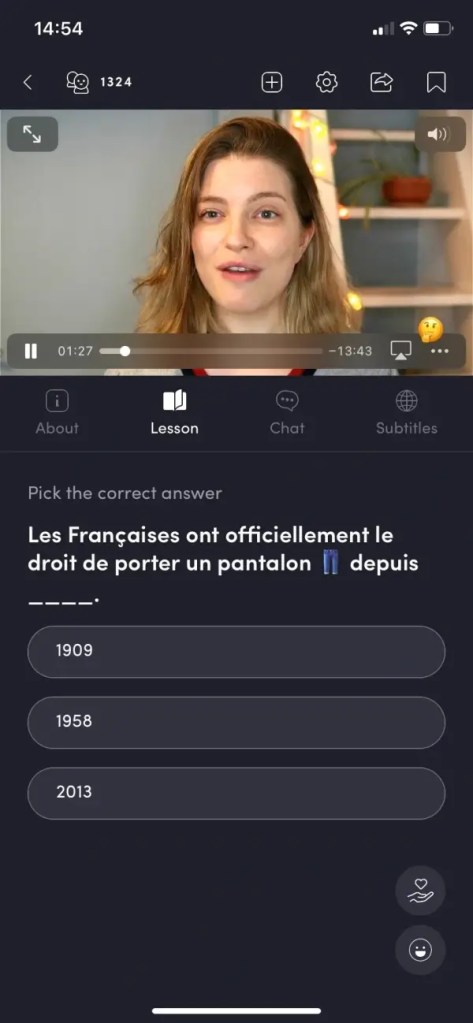
Videos on Youtube
There are so many channels and projects offering amazing material on Youtube. Check out my posts below for my recommendations per language:
Audio books: fiction
The narrative aspect of audio fiction make them a great option for improving your active listening skills, as compared to most podcast, you get to know characters well over a longer period. Here are my recommendations:
The Fable Cottage
The Fable Cottage website provides free audio books which recount traditional fairy tales in modern and accessible language. All of stories have accompanying transcripts with pictures embedded in the text, and some have whole videos.
This is the only kind of children’s story I can highly recommend for adult learners; we all know the plots of fairytales, meaning that listening to them improves our powers of deduction.
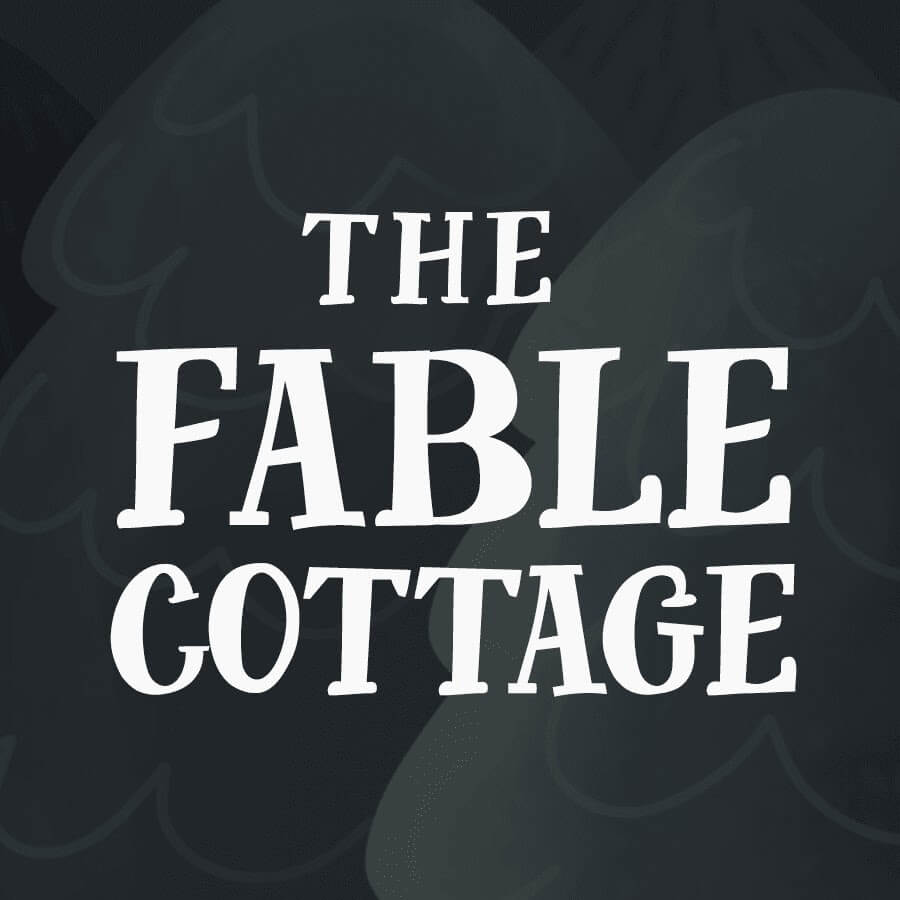
You’ll be surprised how you can recognise your target language’s words for things like “ax”, “hood” and “beanstalk” even as a beginner because you simply know the story.
Stories are available in French, Spanish, German and Italian.
Black Cat and Cideb
I talked about the Black Cat and Cideb eReader app in detail in my post about 4 Duolingo alternative apps guaranteed to improve your listening, reading, writing and pronunciation.
Not only can you read graded readers with the audio read back to you, but they’ve also got an abundance of audio books for when you really feel like challenging yourself. Try listening to a chapter of an audio book and then check your comprehension in the graded reader section. Or alternate between listening and reading for each chapter!
This is the only recommendation in this list that isn’t free. There are two types of subscriptions available for this; pay 9.90€ for an ongoing monthly subscription or 59.99€ a year for an annual subscription.
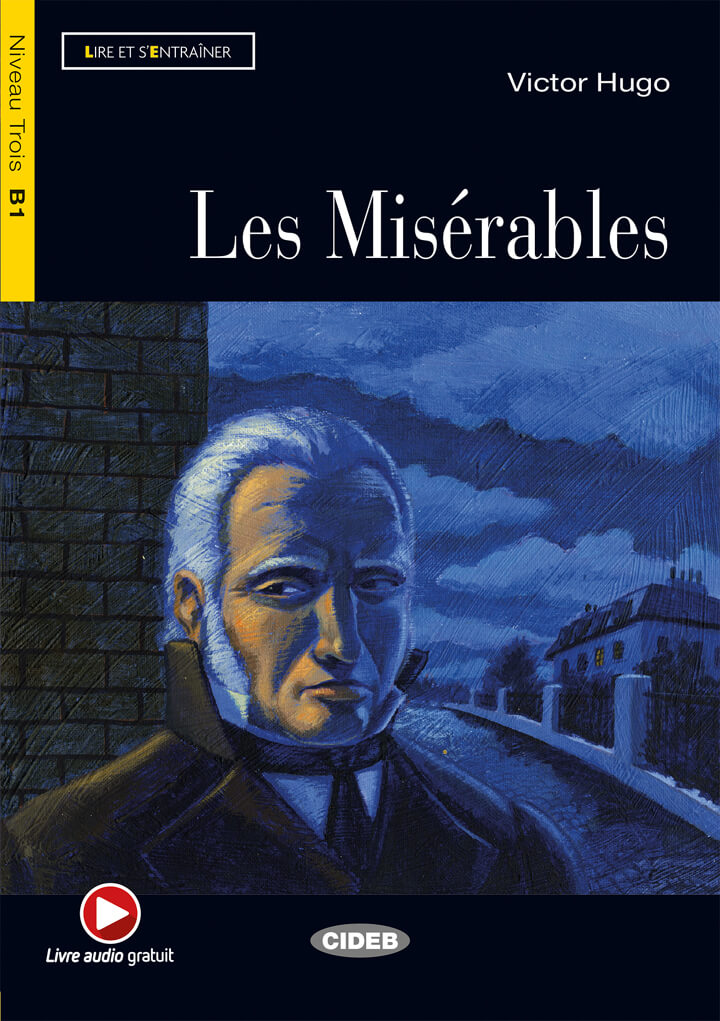
Books are available in French, Spanish, German and Italian.
Final thoughts
If you’re just starting out it’s worth giving all of these a go, to see which suits your learning style best.
If you’ve been trudging away at listening tasks for a while but you’re not sure if you’re progressing, I’d suggest choosing a medium that suits your interests.
If you love fiction, try audio books. If you’re a big music fan – Lingoclip. Film junkie? Head to Netflix. If you enjoy keeping up with current affairs and trends, informative online videos are the way to go. And if you’re someone with a long commute, perhaps try podcasts.
Get more ideas that suit what you already enjoy in your native language in my How to start learning any language: treat it like a crime you’re trying to solve post.
Have you tried any of these out? How do you develop your active listening skills? Comment below!
Psst! If you liked this post, please give it a like below 😊👇!


















Leave a comment